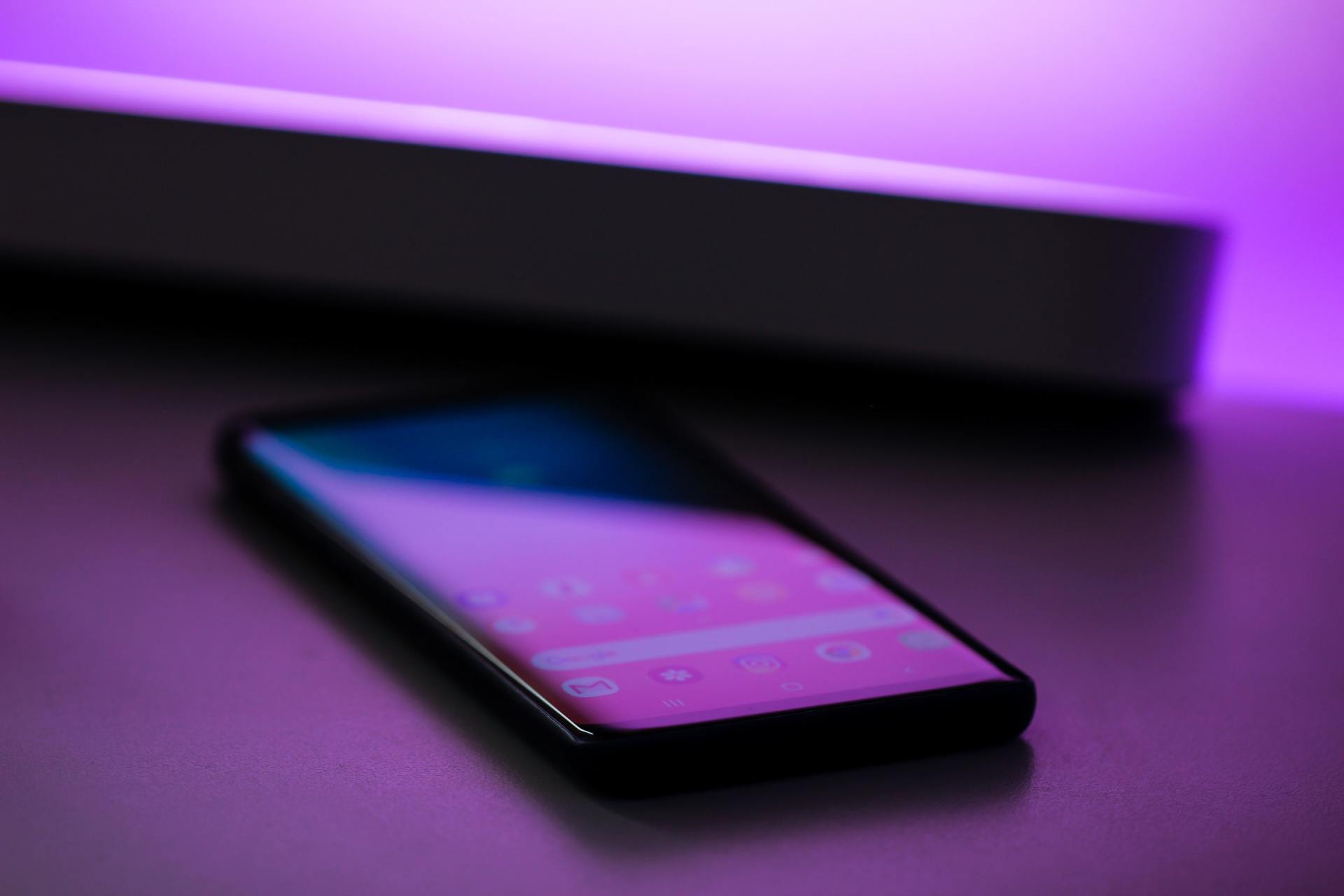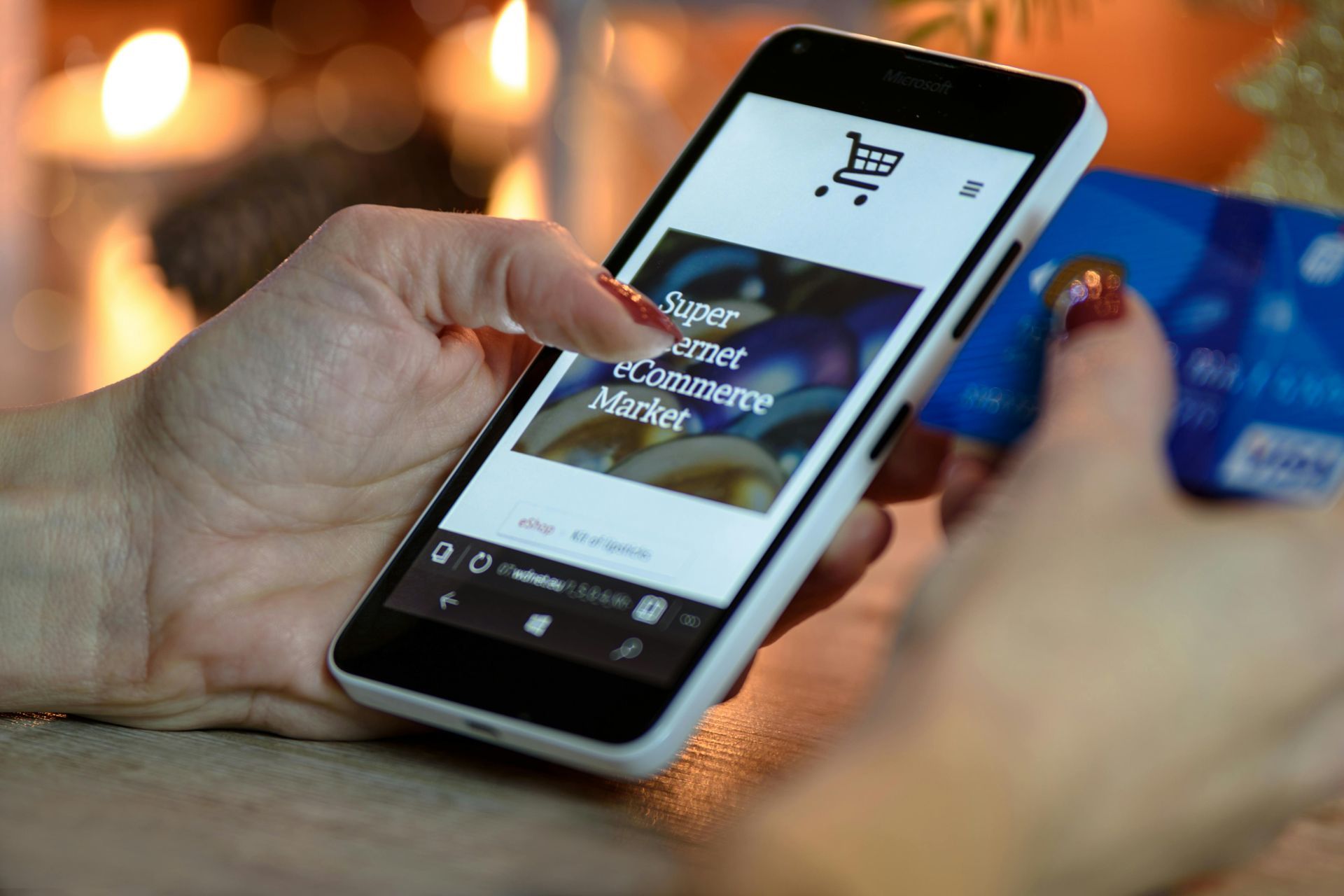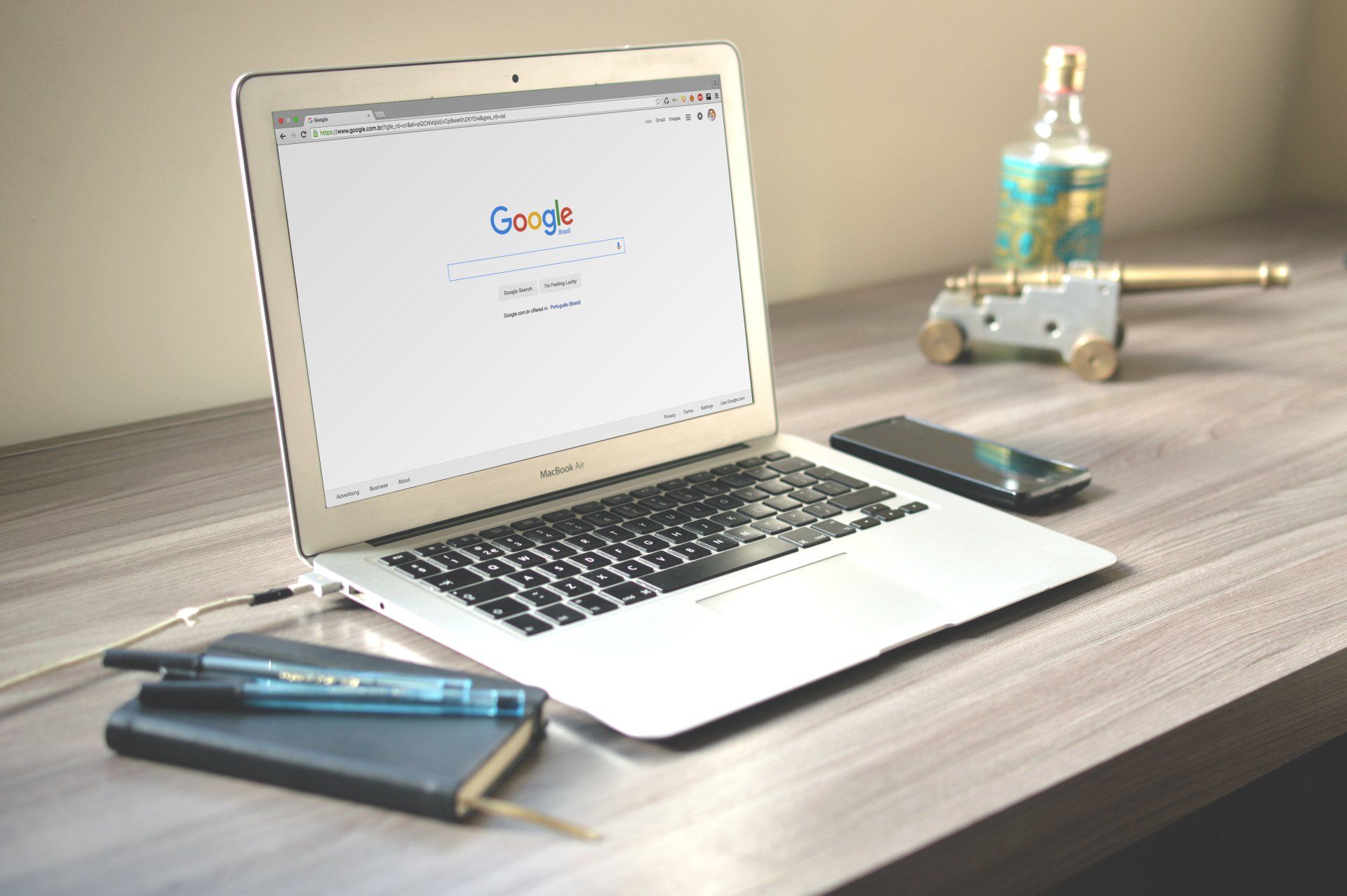If you’re a local business, you’ll want to ensure that you are doing everything you can to get local visitors to your new business website. This takes on even greater importance if your new ecommerce web design accompanies a physical bricks and mortar shop. Taking time to attract local consumers should be part and parcel of your ongoing marketing activity. To get you started, here are some of the things you should consider to get more local traffic…
1. Claim your Google My Business Listing
An optimised, up-to-date Google My Business listing is a critical first step to winning more local search traffic. It’s also a proven local SEO ranking signal so the time spent on this will perform double duty. In addition to claiming your listing and completing basic business information, you’ll need to optimise it too. This means adding images, posts, providing a full address with post code, inputting opening hours, selecting a relevant category and encouraging your customers to leave reviews.
2. Build local citations
A citation is any listing of your business name and address, plus other details such as website, opening hours, email and similar. You can build citations on directory sites, by fully completing your social media profiles for your business and by securing mentions in local newspapers, amongst many other options. Local consumers searching for local businesses will often turn to social media, newspapers and local directories to find the product or service they need so this is an effective means of placing your business in front of local people and driving them back to your site.
3. Use schema markup
Scheme markup sits behind the scenes on your site and gives the search engine spiders additional useful information about your business. When you provide Google with schema markup, it can present this in the form of rich snippets to its users. Rich snippets help your listing to stand out in the search results and could show information such as opening hours, address and contact info directly on thesearch results page. This not only makes it much easier for local shoppers to find your site, it also means they can quickly navigate to your physical location and drive in-store traffic too.
4. Create location pages on your website
If you have multiple physical locations, creating a page dedicated to each location on your website is a useful local SEO tactic. On this page, you’ll provide information specific to that locale, such as opening hours, a full address, outline of products or services, images and or video.
5. Be mobile friendly
Mobile and local SEO are closely linked so you’ll want to ensure that you keep mobile best practise in mind throughout all of your activity. The quicker your page loads on mobile and the easier your site is to navigate from a smartphone or tablet, the greater your chances of appearing higher in local search and winning more local business.
For all your website design and app developmentqueries, please do get in touch.






















